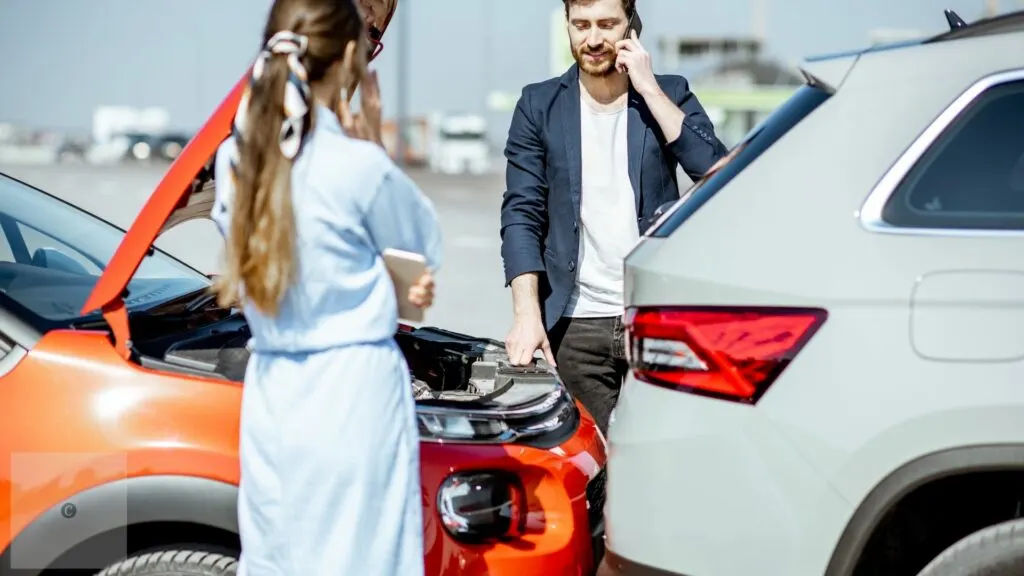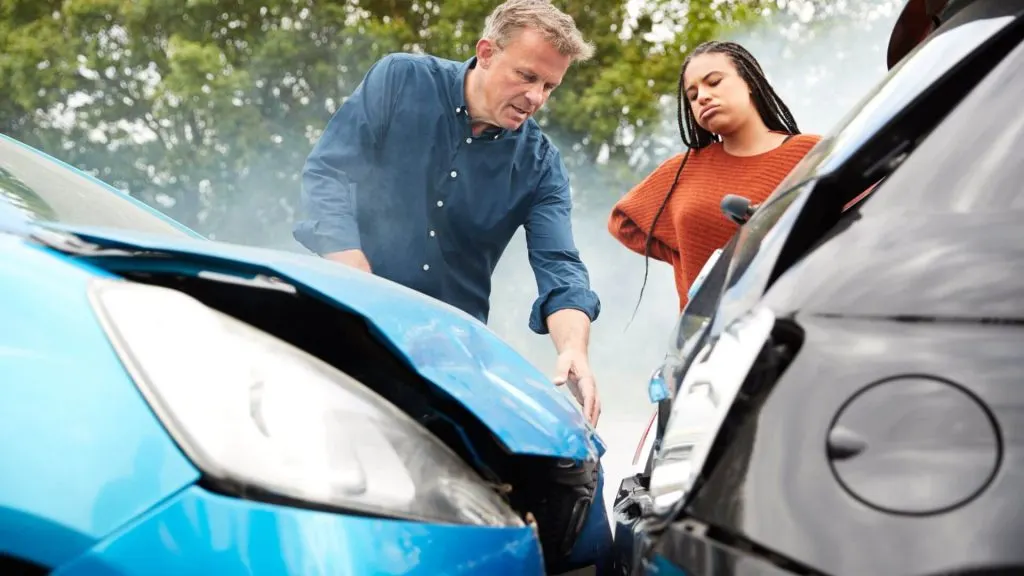Have you ever witnessed a car accident and weren’t sure what to do? Car accidents happen every day, and while they can be alarming, it’s essential to know how to respond safely. Whether you’re the first on the scene or simply a concerned witness, understanding the right steps to take can make a significant difference.

Assessing the Scene Before Approaching
The first thing to remember when witnessing a car accident is to prioritize your own safety. Before you rush in to help, take a moment to evaluate the situation. This is crucial because there could be hidden dangers that you might not notice right away, such as unstable vehicles, downed power lines, or leaking fuel. Approaching the crash without thinking could make you another victim.
Take a look around to see if any potential hazards are present. Are there cars still speeding past the accident site? Is there any visible fire, smoke, or signs of a fuel leak? These are all red flags that could indicate an unsafe environment. Additionally, always check the surrounding traffic. An accident attorney in Chicago relayed that even if the crash appears minor, other drivers may not be aware of it, increasing the risk of further collisions.
Before approaching the vehicle, call 911 immediately, even if the crash seems insignificant. Provide the dispatcher with detailed information about the location, the number of cars involved, and any apparent injuries. While emergency responders are on their way, use the time to assess whether it’s safe to get closer to the wreckage. Only approach if you’re sure there are no immediate risks.

Protecting Yourself and Others
Once you’ve determined that it’s safe to approach the scene, your next priority is to protect both yourself and others from any further harm. This often involves setting up a buffer zone around the crash to prevent other vehicles from causing additional damage.
If you’re driving, pull your vehicle safely off the road, far enough from the crash site, and turn on your hazard lights to alert other drivers. If you have road flares or reflective warning triangles, place them a good distance from the accident to give approaching cars plenty of notice. You want to create a safety barrier that keeps the crash site visible to other drivers while reducing the risk of more accidents.
Be cautious about standing in unsafe areas, such as sharp curves or blind spots, where oncoming vehicles may not see you in time. If the road conditions or layout seem particularly dangerous, it’s better to stay back and wait for emergency responders to arrive rather than put yourself at risk. If the scene is chaotic, with other bystanders already gathering, try to keep people calm and organized to avoid causing confusion or making the situation worse.
Checking on the Victims

If it’s safe to approach the vehicle, the next step is to check on the people involved in the crash. As you get closer, remain cautious. Walk slowly toward the vehicle and be aware of any signs that it may be unstable, such as leaking fluids or visible damage to the engine or gas tank. Never attempt to move a person from the vehicle unless there is an immediate and life-threatening danger, such as a fire or the risk of an explosion.
When you reach the victim, speak to them in a calm, clear voice. If they are conscious, reassure them that help is on the way and encourage them to remain still. It’s important to avoid making sudden movements that could further alarm or distress them. If the victim appears to be unconscious or in a state of shock, observe their condition without touching them.
Look for visible signs of injury, such as excessive bleeding or difficulty breathing, but avoid moving them unless absolutely necessary. Let emergency responders know about any visible injuries or the victim’s condition when they arrive, as this information can help them provide the right care quickly.
Offering Basic Assistance
While waiting for emergency services to arrive, you may feel the need to offer assistance, but it’s important to do so carefully. Often, the best thing you can do is provide comfort and reassurance rather than attempting to physically assist the person, as improper handling can worsen their injuries.
Speak gently to the victim and let them know that they are not alone. Often, hearing a calm and reassuring voice can help keep the person from panicking. Encourage them to remain still and avoid making any sudden movements, especially if they are in pain. If the victim is bleeding heavily and you have a clean cloth or article of clothing, you can apply light pressure to help stop the bleeding, but avoid doing anything more unless you are trained in first aid.
It’s essential not to move anyone who might have sustained a spinal injury. Moving a person with a spinal injury can lead to permanent damage, so unless there’s an immediate threat to their life, such as fire or collapse, keep them as still and comfortable as possible until help arrives.
Staying Calm and Waiting for Help
In high-stress situations like a car accident, it can be easy to panic, but staying calm is one of the most important things you can do. When you remain composed, it helps others, including the crash victims, stay calm as well. By keeping your emotions in check, you can think more clearly and provide better support.
While waiting for emergency services to arrive, try to keep the victim as comfortable as possible. If they are cold, offer a jacket or blanket if you have one. It’s also helpful to document any key details about the crash, such as the time it occurred, the road conditions, and any hazards present at the scene. This information can be useful for the authorities when they arrive and begin their investigation.
If a crowd starts to form, gently ask other bystanders to step back or maintain a safe distance. Too many people crowding the area can make it more difficult for emergency responders to reach the scene quickly. If you’ve already called 911, it’s best to avoid unnecessary involvement from others unless they are needed to help direct traffic or assist in other safe ways.

Jessi is the creative mind behind The Coffee Mom, a popular blog that combines parenting advice, travel tips, and a love for all things Disney. As a trusted Disney influencer and passionate storyteller, Jessi’s authentic insights and relatable content resonate with readers worldwide.
